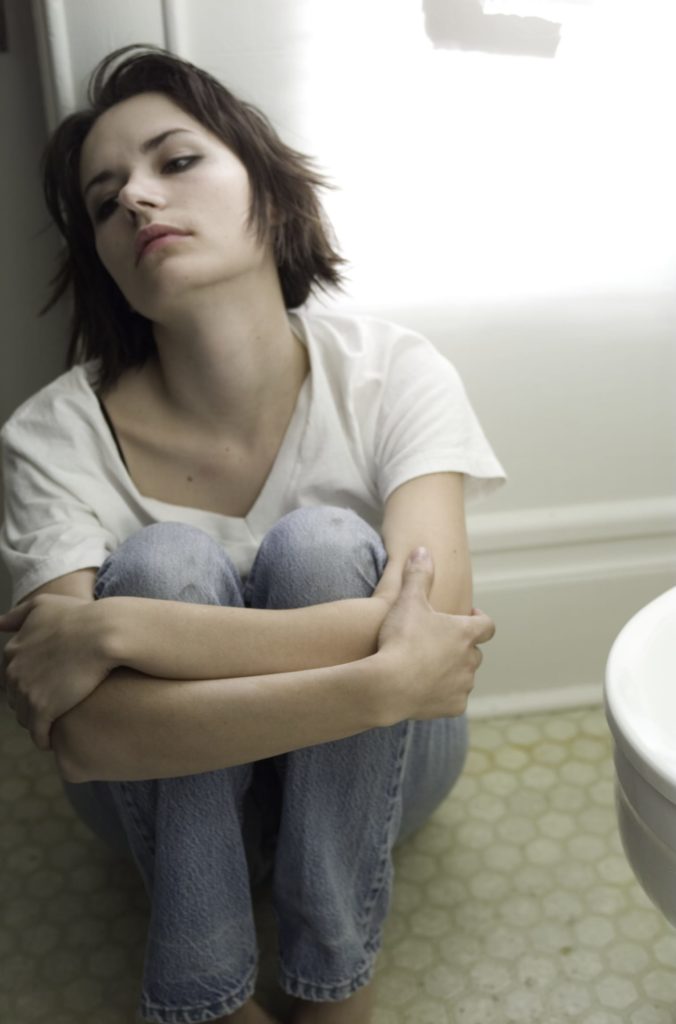Prescription drug abuse is a serious problem in the U.S. today. The biggest offender is the class of pain killers called opioids. The White House Office of National Drug Control Policy states that from 1997 to 2007 the amount of these drugs used per person in the country rose from 74 to 369 milligrams on average. During the same period, the number of people addicted to oxycodone, one type of opioid painkiller, also rose. It is the second most commonly abused substance in the country after alcohol. The number of people killed by prescription drug abuse surpasses those who die from illegal substances. Many of those who misuse prescription drugs, whether they are painkillers or other drug types, are young people. According to the most recent Youth Risk Behavior Survey, nearly 25 percent of high school students have tried a prescription painkiller that was not prescribed for them. The 2011 Monitoring the Future Survey found that for teenagers, prescription drugs are the fourth most abused substance after marijuana, alcohol, and cigarettes. The following statistics highlight the need for effective prescription drug abuse treatment for those who cannot break their addiction.
A New Analysis
A more recent survey of information on teen drug use adds to the concern. Reported in the Archives of Pediatric and Adolescent Medicine, the study was conducted by researchers at the University of Michigan. They looked at data from surveys of 7,000 high school seniors taken during the Monitoring the Future surveys from 2007 to 2009. In addition to looking at the facts, researchers analyzed the data to find connections between prescription drug abuse and other substance use, and to understand teens’ motivations for abusing drugs as well as their sources for obtaining the substances.
The Results
Many of the study findings mirrored facts already known by other organizations collecting data on teen drug use. However, the researchers were able to discover connections that shed new light on the problem. They found that 18 percent of high school seniors have at least tried an opioid pain killer once, while 13 percent use them recreationally. Of the 13 percent, one third had been initially prescribed the painkiller for a legitimate medical reason. The other two thirds tried the drug without having ever had a prescription for it and some never subsequently received a prescription. Researchers also found that of those teens who had been prescribed a painkiller at some point and then abused prescriptions, 80 percent did not obtain the drugs illegally. They used leftover pills from a valid prescription, whether it was their own, or belonged to someone else. The results of the study indicated to the researchers that being exposed to the prescription drugs was a factor in abuse, but not the most important one. The relationship between the adolescent and the drug was a more determinant factor. Teens who had been prescribed a drug for a medical reason before they began to abuse it were much more likely to use other substances. They were 80 percent more likely to engage in binge drinking, 60 percent more likely to smoke, twice as likely to smoke marijuana, and nearly four times as likely to abuse other prescription drugs. The numbers are significantly higher among the teens whose first abuse of prescription drugs occurred before being prescribed one. These adolescents are eight times as likely to smoke or drink, 12 times more likely to try marijuana, and 28 times more likely to use other controlled substances.
The Consequences
The results of the study indicate that most teens who abuse prescriptions do so not as the result of legitimate pain treatment. They start using to get “high” or as a way of self-medicating. Physicians should still feel comfortable prescribing opioid painkillers to teens that really need it. But because so many teens abusing prescription drugs obtain them as leftovers from a legitimate prescription, doctors should be aware of how much they are dosing. The study authors suggest that limiting the number of refills might help prevent teen abuse of the drugs. Because the teens who first used prescription drugs recreationally were so much more likely to abuse other substances, the authors cite pre-existing issues as the possible reason. They hypothesize that these young people may be using recreationally as a result of troubling situations in home and family life, trauma, or mental illness.






